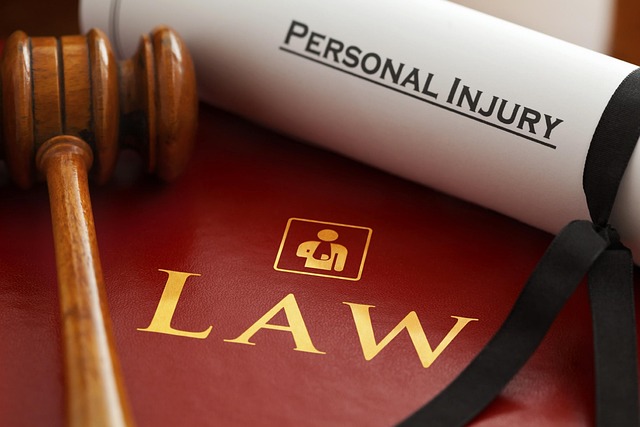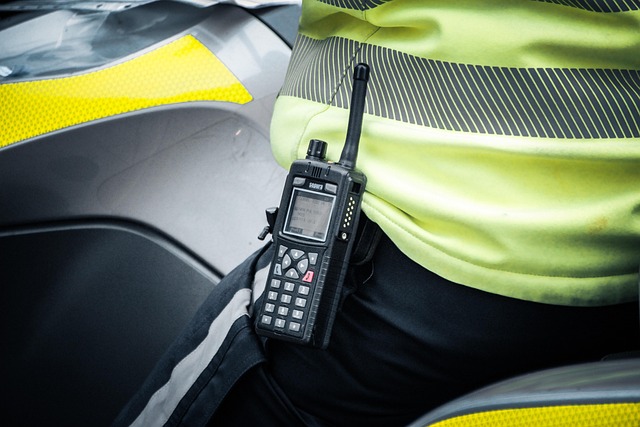Mail wire fraud schemes have evolved into digital operations using impersonation and fabricated narratives to trick individuals and businesses out of funds through exploited banking systems. Successful prosecution requires detailed transaction records, communication logs, and metadata. Gathering robust evidence, including medical records, police reports, emails, witness statements, and screenshots, is critical for personal injury claims in these cases. Immediate legal action with an experienced attorney is crucial to protect rights and leverage a proven track record in winning defenses against fraudulent activities.
Mail wire fraud, a sophisticated and increasingly common scheme, poses significant risks in today’s digital age. This article delves into understanding the intricate mechanisms of mail wire fraud, offering insights into how these scams operate. Additionally, we explore essential aspects of evidence collection for personal injury claims resulting from such fraudulent activities. Furthermore, legal guidance is provided on the steps to take if you’ve fallen victim or suspect involvement in a mail wire fraud incident, emphasizing the importance of swift action and gathering the right evidence needed for a personal injury claim.
- Understanding Mail Wire Fraud Schemes
- Evidence Collection for Injury Claims
- Legal Steps After Discovering Fraud
Understanding Mail Wire Fraud Schemes

Mail wire fraud schemes have become increasingly sophisticated, leveraging digital technologies to dupe individuals and businesses out of substantial sums. These fraudulent activities often involve tricking victims into transferring funds through secure but exploited banking systems. Scammers pose as legitimate entities, such as government agencies or well-known companies, using impersonation tactics and fabricated stories to gain trust. Once the victim’s guard is down, they’re guided to wire money to a fake account, believing it’s for an urgent matter or a promised reward. Unsuspecting corporate and individual clients may find themselves victims of these heists, leading to severe financial losses.
Unlike personal injury claims, where evidence needed includes medical records and witness statements, mail wire fraud cases require a different set of documents. To build a solid case against the perpetrators, authorities need detailed transaction records, communication logs (emails, text messages), and any available metadata that can trace the origin of the scam. An unprecedented track record of successful prosecutions can serve as a deterrent, but avoiding indictment remains paramount for both law enforcement and victims alike.
Evidence Collection for Injury Claims

When it comes to personal injury claims, gathering robust evidence is paramount. To build a compelling case, especially in mail wire fraud cases, one must amass detailed and relevant documentation. This includes but is not limited to, medical records detailing the extent of injuries, police reports, and any communication related to the incident—emails, text messages, or phone call transcripts can serve as crucial pieces of evidence. Additionally, witnessing statements from bystanders or those present during the event can significantly strengthen a claim.
The process of evidence collection is essential across the country for both corporate and individual clients involved in personal injury cases. It requires careful handling to ensure the integrity of the evidence, which may ultimately lead to either a settlement or, if charges are pressed, a complete dismissal of all charges depending on the strength and validity of the evidence presented.
Legal Steps After Discovering Fraud

After discovering mail wire fraud, it’s crucial to take immediate legal steps. The first action is to gather all available evidence needed for a personal injury claim. This includes screenshots or records of any suspicious emails, transactions, or communications; any documentation related to financial losses; and reports from relevant authorities or financial institutions. Preserving this evidence is essential to building a strong case against the perpetrators.
Once gathered, it’s vital to consult with an experienced attorney who can guide you through the legal process. They will help you navigate the complexities of fraud cases and ensure your rights are protected. With an unprecedented track record of winning challenging defense verdicts, the right legal team can make all the difference in achieving justice and recovering losses. The support from both the philanthropic and political communities further reinforces their dedication to fighting such fraudulent activities.
Mail wire fraud can have severe consequences, especially for those involved in personal injury claims. Understanding these schemes and taking prompt action are crucial steps in navigating this complex landscape. By gathering adequate evidence, such as transaction records and communication logs, victims can strengthen their cases. If you suspect fraud, it’s essential to consult legal counsel immediately to understand your rights and the legal steps required to recover losses and seek justice. Remember, the evidence needed for a personal injury claim plays a vital role in ensuring a fair outcome.






